CITY ON THE RIVER STUTTGART UNTERTÜRKHEIM - 2ND PLACE
Competition 11/2022, 2nd place
City on the river Stuttgart-Untertürkheim
Building owner: City Stuttgart
In cooperation with Atelier Kaiser Shen, Stuttgart and IGV Ingenieur Gesellschaft Verkehr GmbH & Co. KG, Stuttgart
The thesis represents a good contribution to the solution of the task. However, the expected transport innovation remained largely unprocessed. The urban composition of two high points, one on the Neckar and one in the area of the Mercedes-Benz factory site, spans an interesting new urban quarter between the two high points. The work is characterized by the fact that all existing buildings are skilfully integrated into the design. The connections from the centre of Untertürkheim to the individual squares and landscape qualities are easy to understand and bring the population of the district to the banks of the Neckar and the canal in a better quality.
Karl-Benz-Platz: The beginning of the square sequence is at the historic railway station and continues via the widened and designed underpass to Karl-Benz-Platz.Karl-Benz-Platz is bordered by an elevated, multifunctional building (green "IBA House") including residential use. In the future, the light rail will stop here under the elevated building. Towards the railway body (S-Bahn), the authors propose a narrow structure with supply-related offers. The spatial closure to the east via a park-like grove is controversially discussed in the jury. The climate impact is rated positively. In addition to climate resilience, however, the quality of use due to the location (traffic emissions) is questioned. The spatial opening to the Upper Canal across Benzstraße is perceived as an added value.
Mercedes-Benz-Areal: The Mercedes-Benz site is given a striking high point. The number of storeys (XIX) appears to be too high in relation to the location. The mix of boarding house, technology center, canteen, etc. promises a high degree of flexibility and utilization. Due to its decentralised location, the mobility hub to the north does not seem to be suitable for supplying the entire district and different usage needs. The proposed additional development at the "Puritas Building" with living on the upper floors offers an interesting offer and is interpreted by the authors as sensible in terms of urban development.
Neckar and canal banks: The statements on the sub-canal on ecological upgrading and usability for the citizens of Untertürkheim are missing. The area in front of the Inselbad as a public square with a water feature in the transition to the green "observation tower" is easy to understand and gives the entrance to the "island" a new quality. The "Neckar Tower" with "Vertical Gardens" and green roof is intended to offer a special kind of platform for the citizens with a spectacular panoramic view of the Neckar valley.The adjoining "Hochsteg" on the banks of the Neckar, together with the new bridge at the tip of the island, forms a continuous footpath connection that offers new opportunities for experience on the Neckar.
Lindenschulviertel: The expansion of the Linden School District is part of the densification of the Kino-Bauer area and will be supplemented by additional building blocks for residential and commercial use. The proposed courtyards show attractive green spaces. The planning of the waterfront design in the area of the Linden School District will be integrated into the design.
The new connection from the north in the direction of the Lindenschulviertel and the new Kino-Bauer area in the area of Lindenschulstraße are welcomed.
Traffic concept: The traffic concept is largely based on the existing building. The measures described in the text for the expansion of the cycle path network have not been elaborated and presented in terms of planning. Overall, the transport concept does not show any proposals with regard to a forward-looking, sustainable development of mobility.The proposed routing of the cycle superhighway link has serious shortcomings. This is particularly true in the area of the Lindenschulviertel and with regard to its network integration (cycle path network). Overall, the article provides valuable impetus for the discussion, but lacks a precise elaboration of critical topics.





